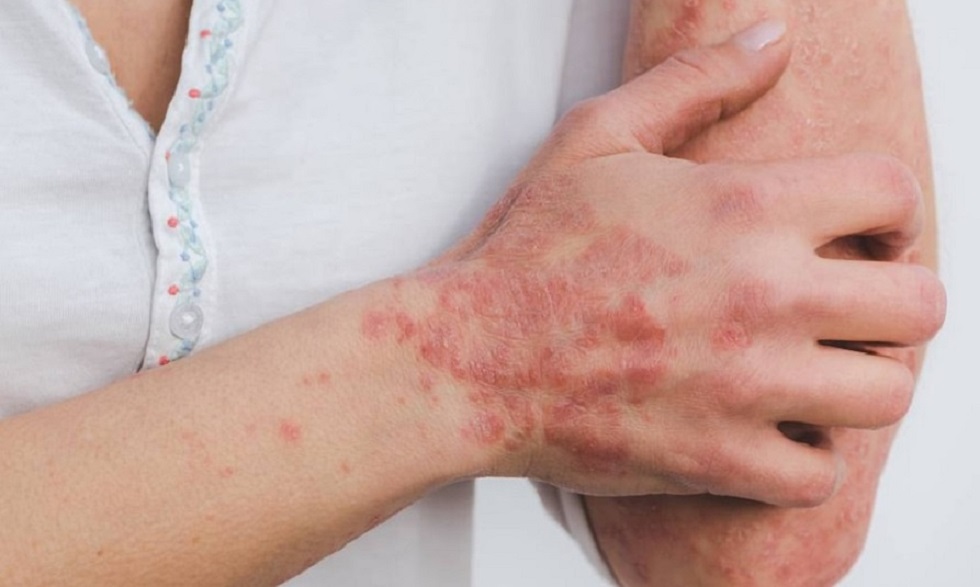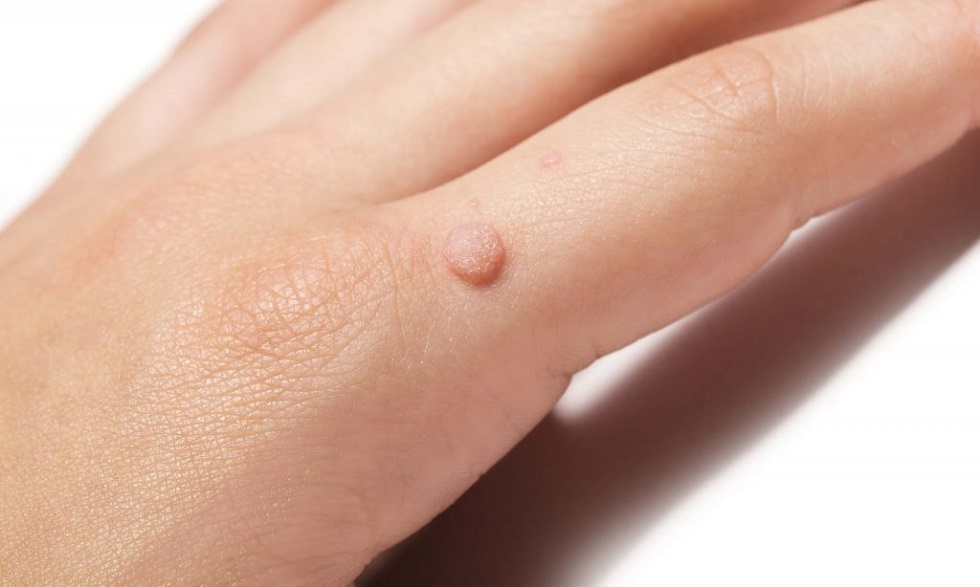Urticaria

What is Urticaria?
Urticaria or hives are red, raised, itchy skin rashes, often caused by an allergen or a skin reaction, which vary in size and appear and fade repeatedly during the reaction.
Short-term (acute) hives appear suddenly and clear up within a few weeks. The condition is considered chronic if the rash stays for 6 weeks and recurs frequently over months or years.
Chronic urticaria can be very uncomfortable and interfere with daily activities. Painful swelling (angioedema) of the lips, eyelids, and inside the throat can also occur.
Who gets it?
Around 15–20% individuals have urticaria at least once during their lifetime. Acute urticaria is common in young ages, mostly induced by allergic reactions to food, drug, insect sting, viral infections, or transfusion.
What triggers it?
When an allergic reaction occurs, the body releases a protein called histamine and other biochemicals, and body capillaries (tiny blood vessels) leak fluid. Accumulation of this fluid causes rashes.
Trigger factors could include pain medications, insects, infection, scratching, heat/cold, stress, hormones, sunlight, exercise, alcohol or certain foods, pressure on the skin, underlying illness such as thyroiditis, etc. Heat, exercise, and stress can aggravate the symptoms.
How is it diagnosed?
Diagnosis is based on physical examination and medical history. You might have to undergo blood test, skin test, or radioallergosorbent tests, especially if drug or food allergy is suspected.
Dermatologists often use assessment tools to determine urticarial disease activity; some of these tools include Urticaria Activity Score (UAS7; a simple questionnaire-based system to yield a semi-objective evaluation of pruritus and hives experienced by the patient,
measured over 7 consecutive days) and Angioedema Activity Score (AAS; a patient’s self-reported evaluation of angioedema activity based on factors such as physical discomfort and impact on appearance).
Related Services

Dr. Priya Diwaker
Dermatologist in Raipur
Dr. Priya Diwaker, completed her MBBS from government medical college, Bilaspur and her post graduation in Dermatology from JJM Medical College, Davangere.
Our other services
Timings
Mon - Sat (09:00Am - 10:00PM) Sun - (10 am–7 pm)
Phone No
+91-74894 92554
address
1st floor, Indian Chilli Square, Shankar Nagar Rd, opposite Vidya Hospital, Geetanjali Colony, Shankar Nagar, Raipur, Chhattisgarh 492001






